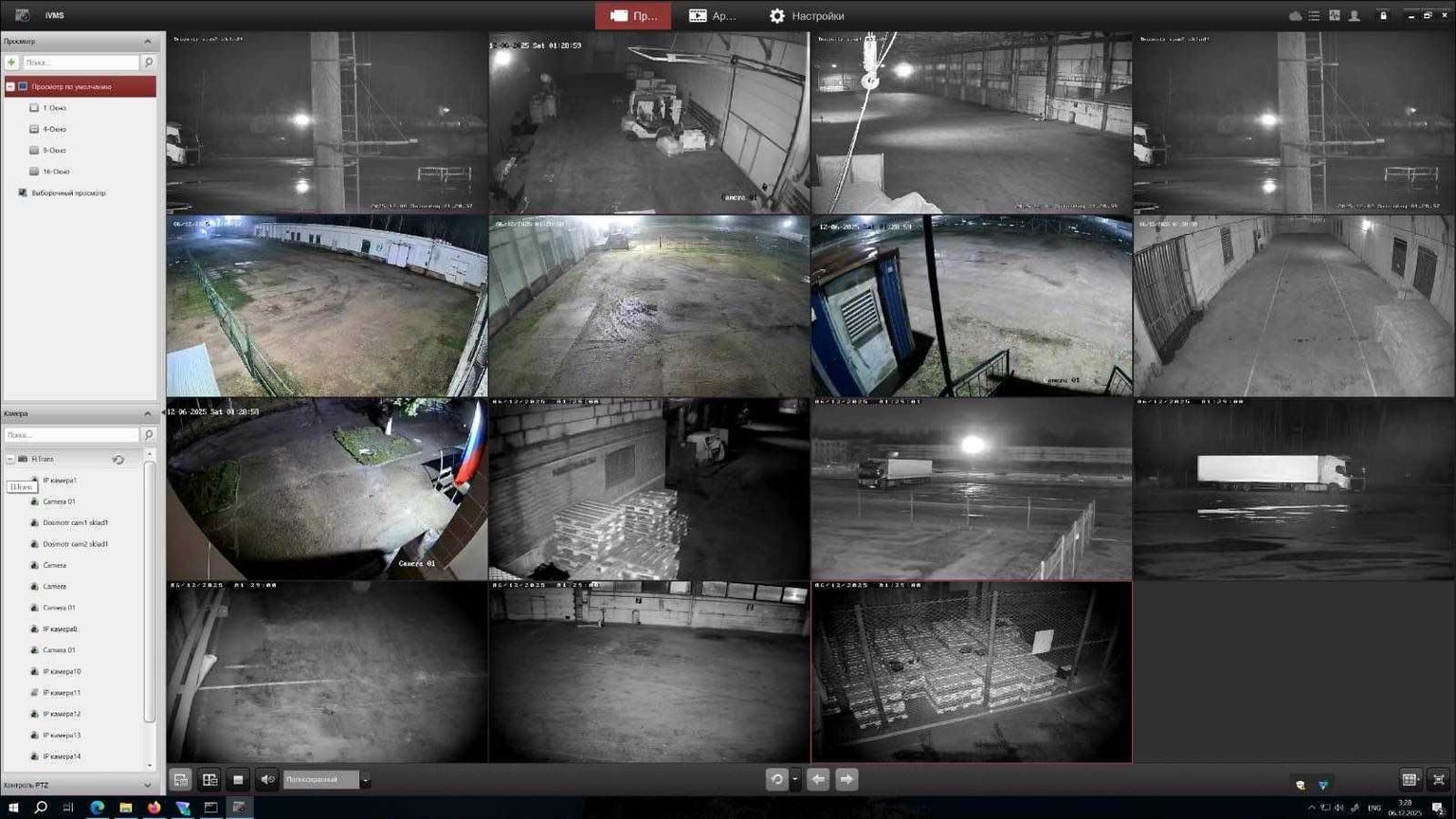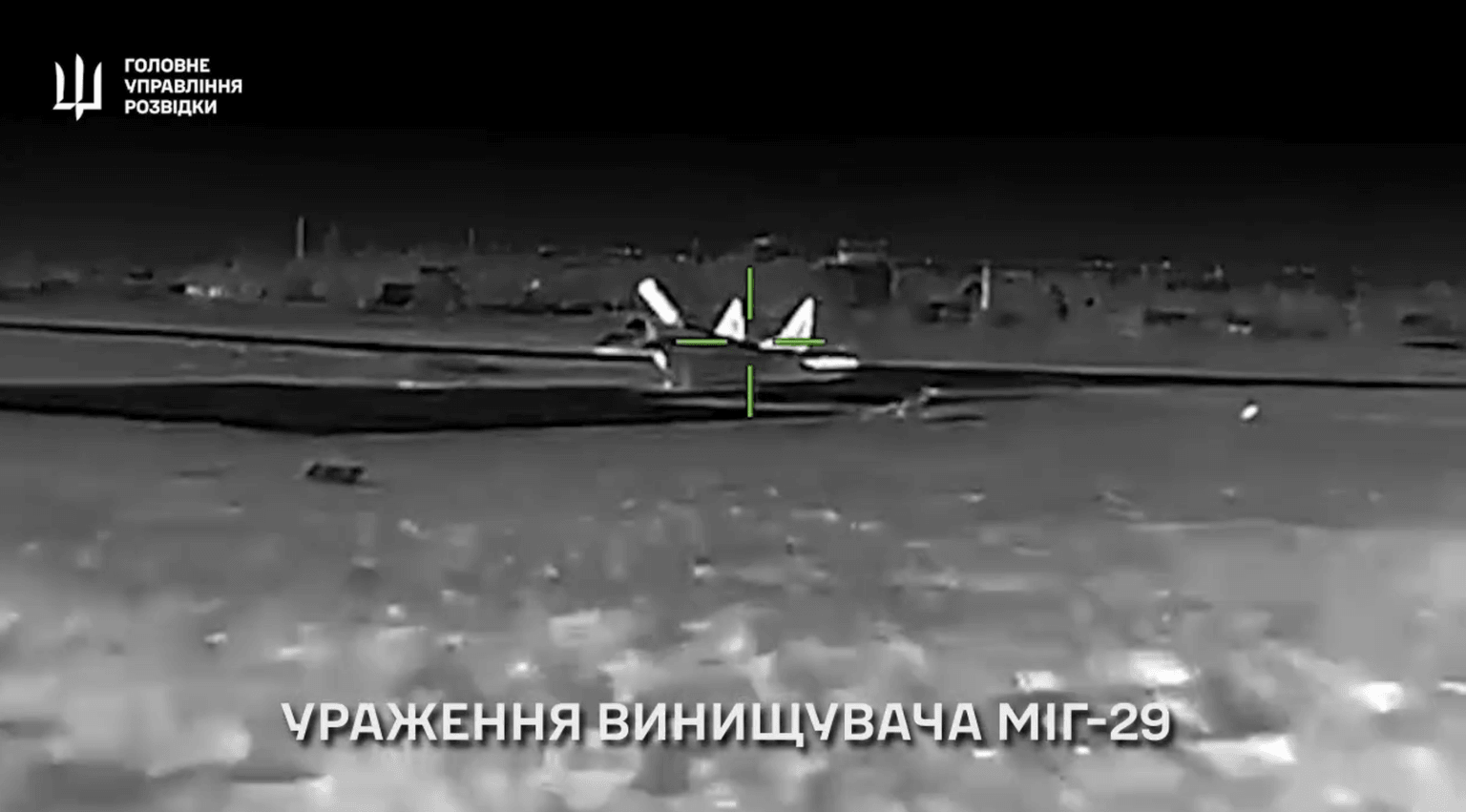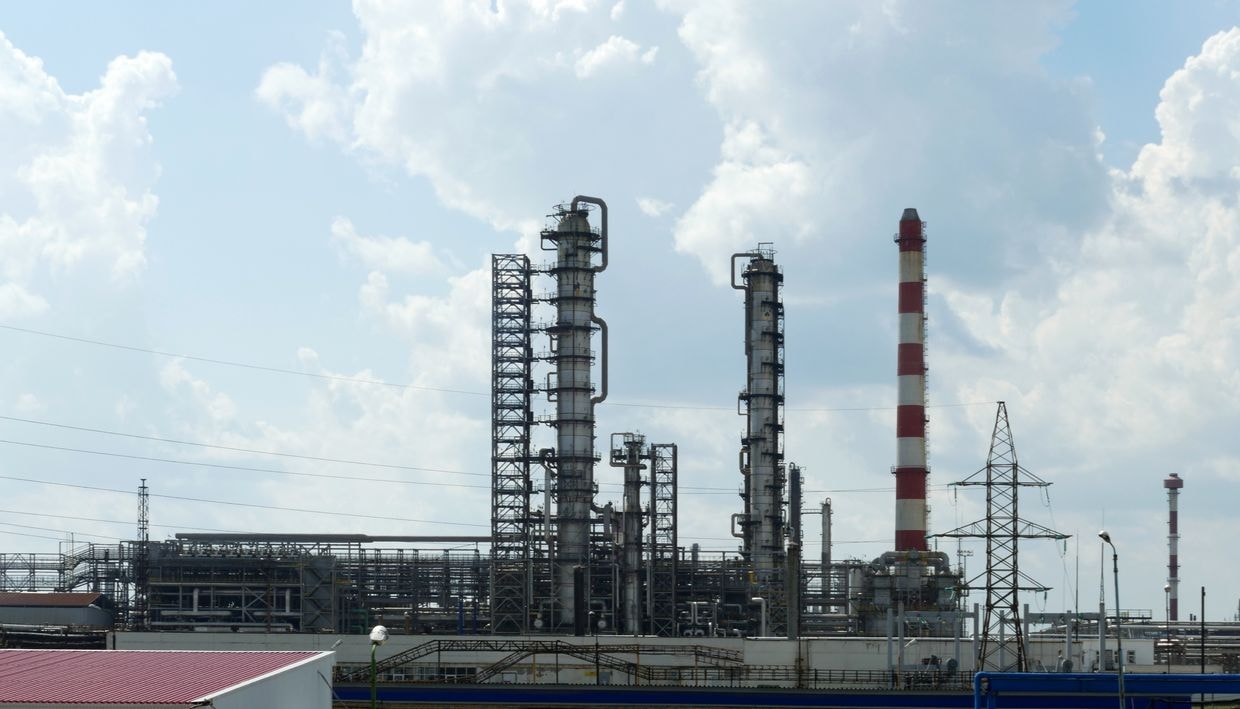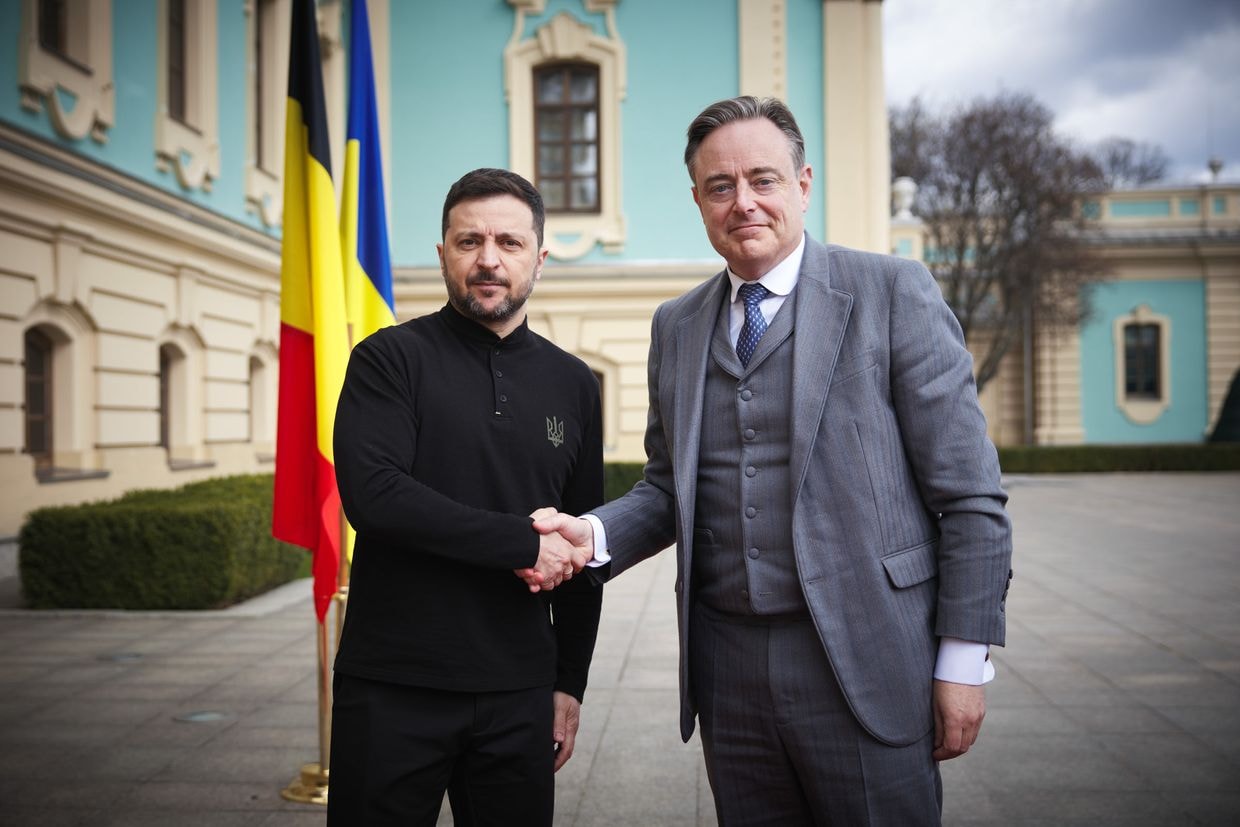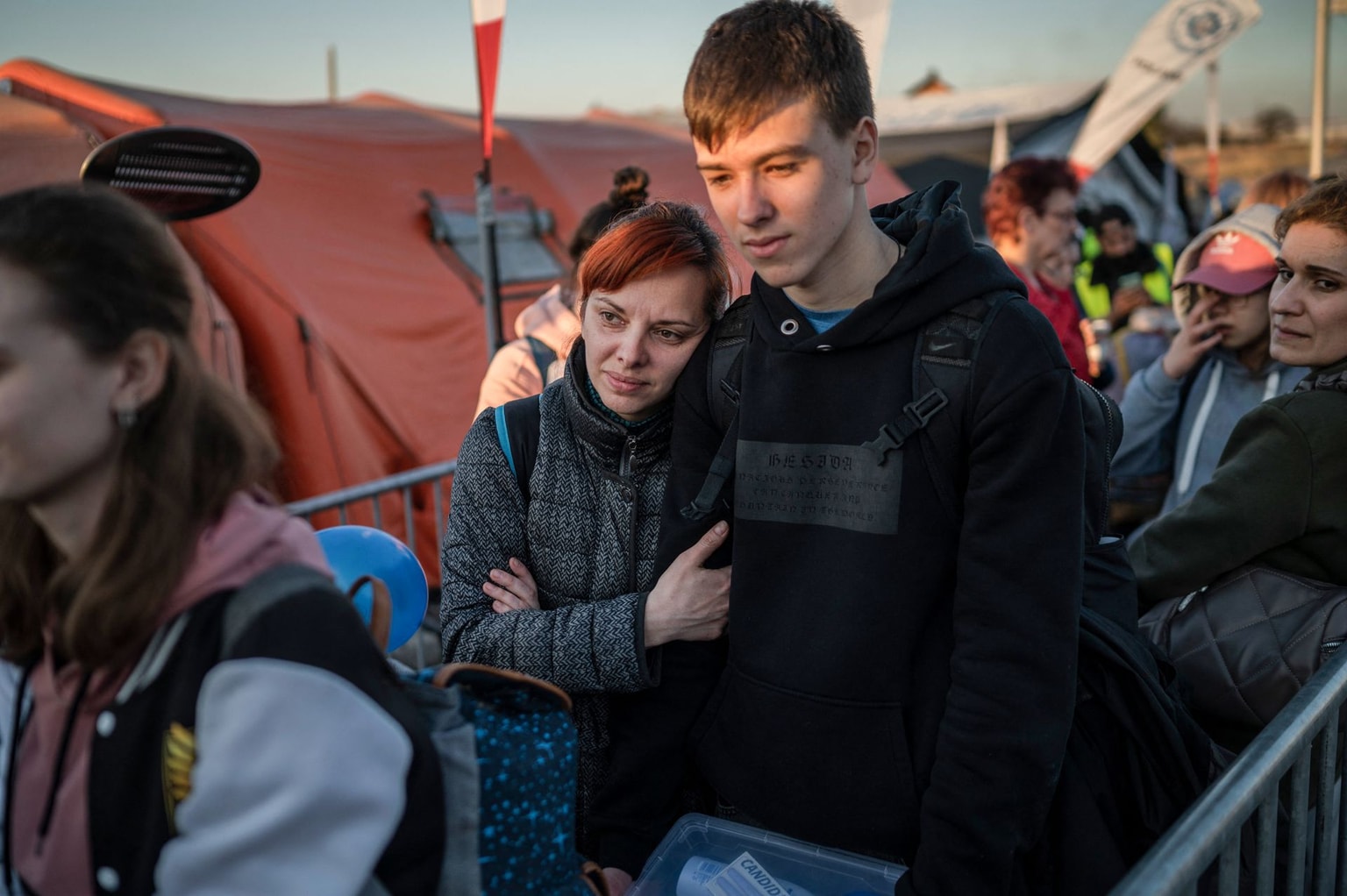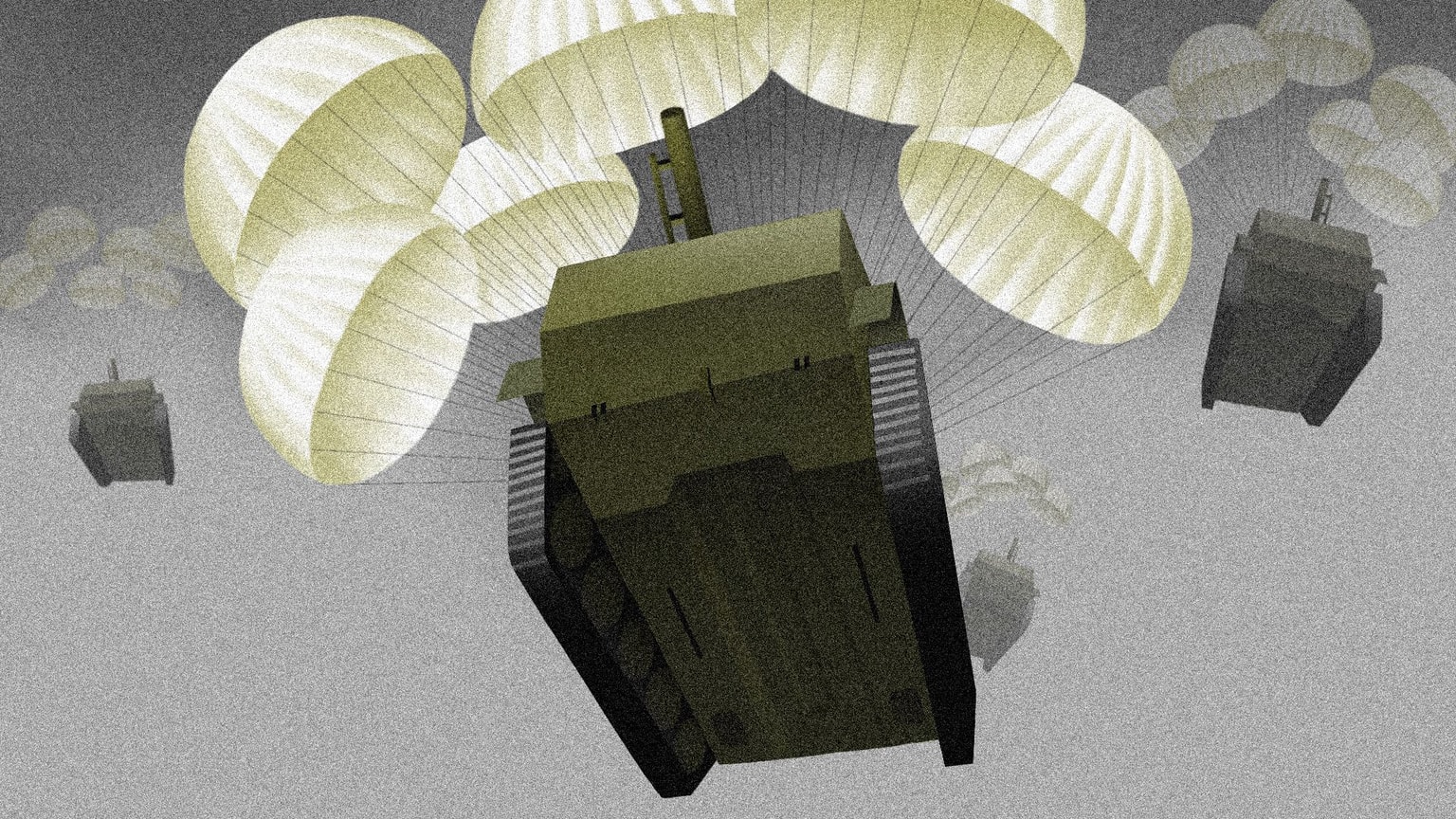US Joint Chiefs of Staff Chairman: Difficult to eject Russian forces from Ukraine this year
U.S. Joint Chiefs of Staff Chairman Gen. Mark A. Milley said on Jan. 20 at the Ramstein-8 summit that Russia’s full-scale war will likely “end in a negotiation” and not on the battlefield.
“From a military standpoint, I still maintain that for this year it would be very, very difficult to militarily eject the Russian forces from every inch of Russian-occupied Ukraine,” he said, as quoted by CNN.
“What can happen is a continued defense, stabilizing the front. I think it’s possible to do that,” he said. “I do think the Ukrainians will be able to run a significant offensive operation.”
Earlier in the day, U.S. President Joe Biden’s administration announced $2.5 billion in military aid for Ukraine in one of its largest packages yet. The latest package includes 59 Bradley infantry fighting vehicles, 90 Strykers armored vehicles, 53 mine-resistant ambush-protected vehicles (MRAPS), eight Avenger air defense systems, high-speed anti-radiation missiles, and artillery rounds, among other equipment, the Pentagon said.
Also, the U.S. will send to Ukraine additional ammunition for High Mobility Artillery Rocket Systems (HIMARS) and National Advanced Surface-to-Air Missile Systems (NASAMS).
On Jan. 20, defense ministers from some 50 countries met at the U.S. Ramstein Air Base in Germany to discuss further support for Ukraine. This is the eighth Ramstein summit since Russia launched its full-scale invasion of Ukraine on Feb. 24.


